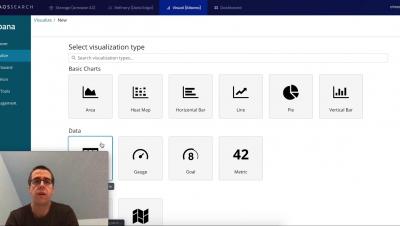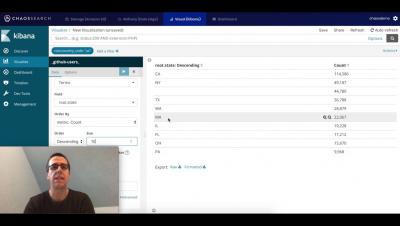Operations | Monitoring | ITSM | DevOps | Cloud
%term
Website Security: Web Monitoring Tips for Keeping Your Site Safe
With the constant threat of DDoS, DNS attacks, malware, and data breaches; website security is a top priority for today’s tech teams. You’ve taken the appropriate measures. Your domain uses HTTP/S, SSL encryption, and is locked up tight. Or is it? In 2018, Symantec reported over 70 million records were leaked or stolen because of misconfigured S3 buckets.
To Protect and Secure: Selling Cybersecurity as a Service
Stackdriver with Kubernetes - Stack Doctor
Deploying Redis Cluster on top of Kubernetes
Redis (which stands for REmote DIctionary Server) is an open source, in-memory datastore, often used as a database, cache or message broker. It can store and manipulate high-level data types like lists, maps, sets, and sorted sets. Because Redis accepts keys in a wide range of formats, operations can be executed on the server, which reduces the client’s workload. It holds its database entirely in memory, only using the disk for persistence.











